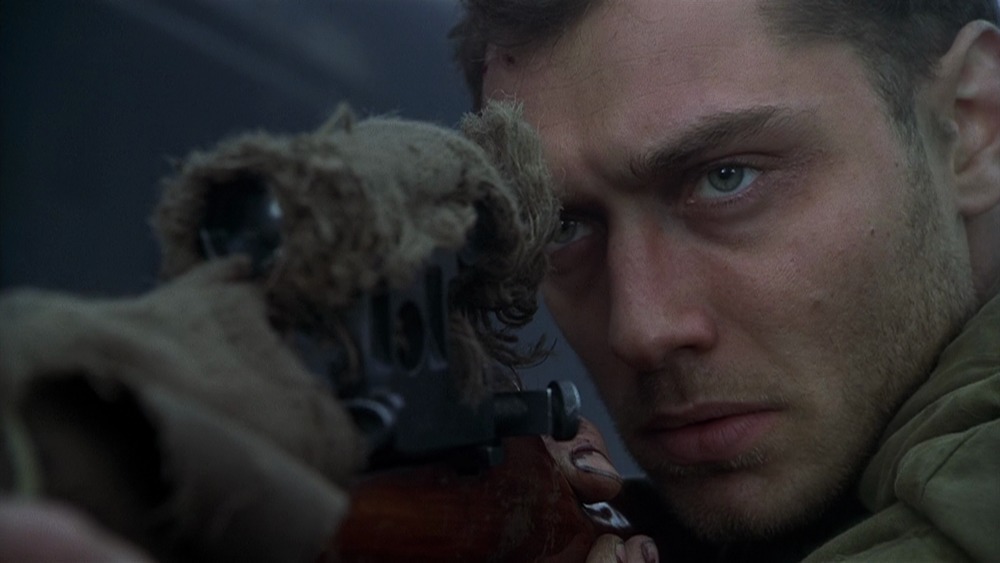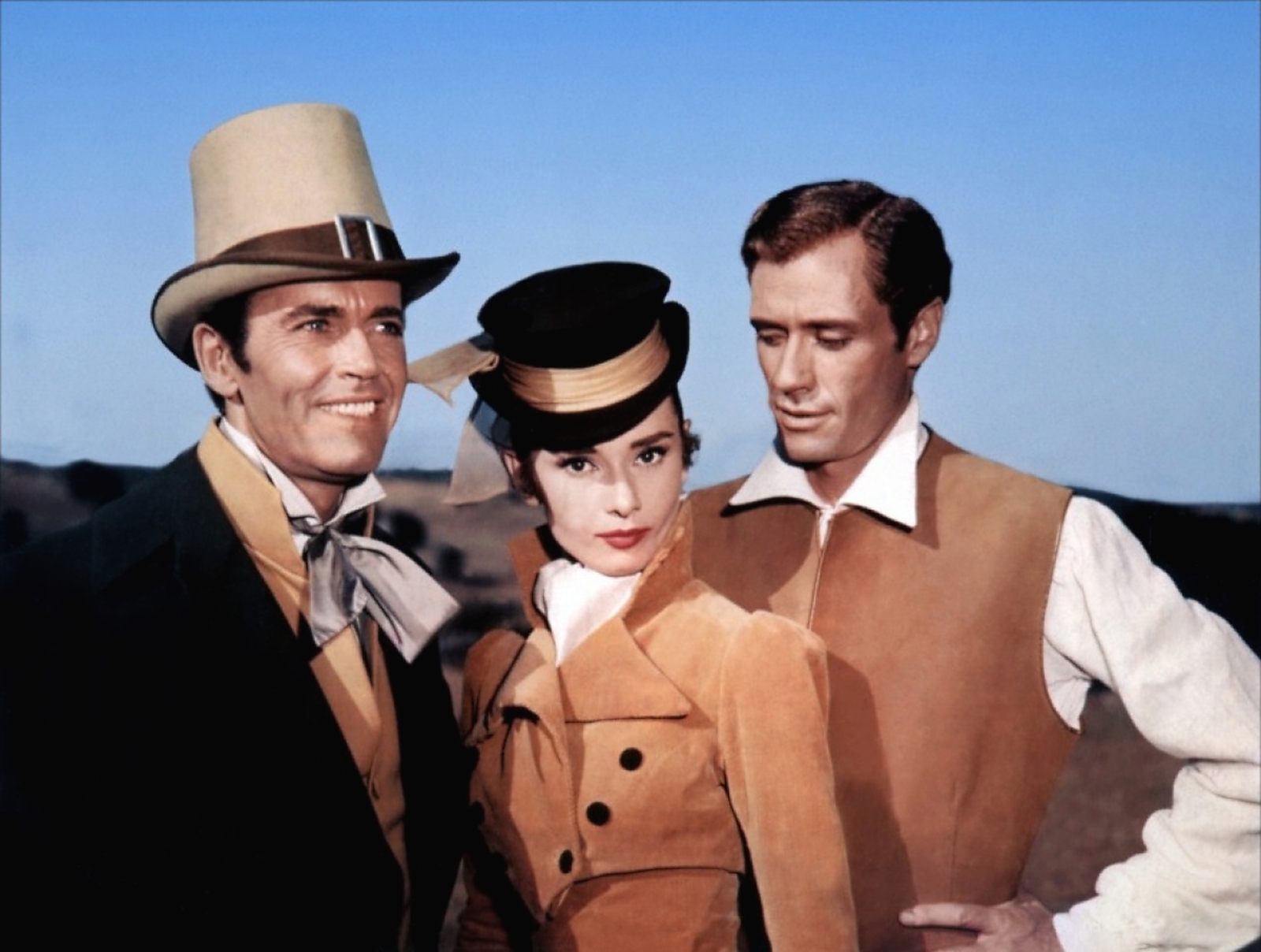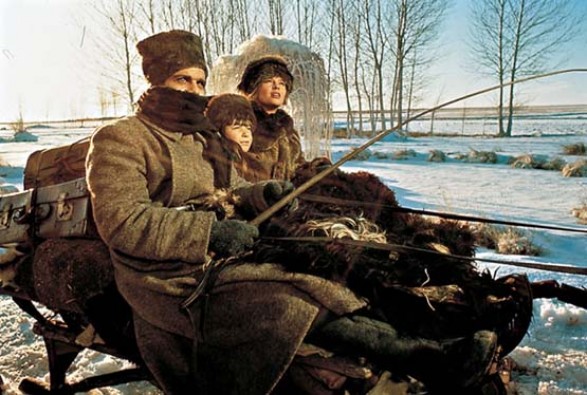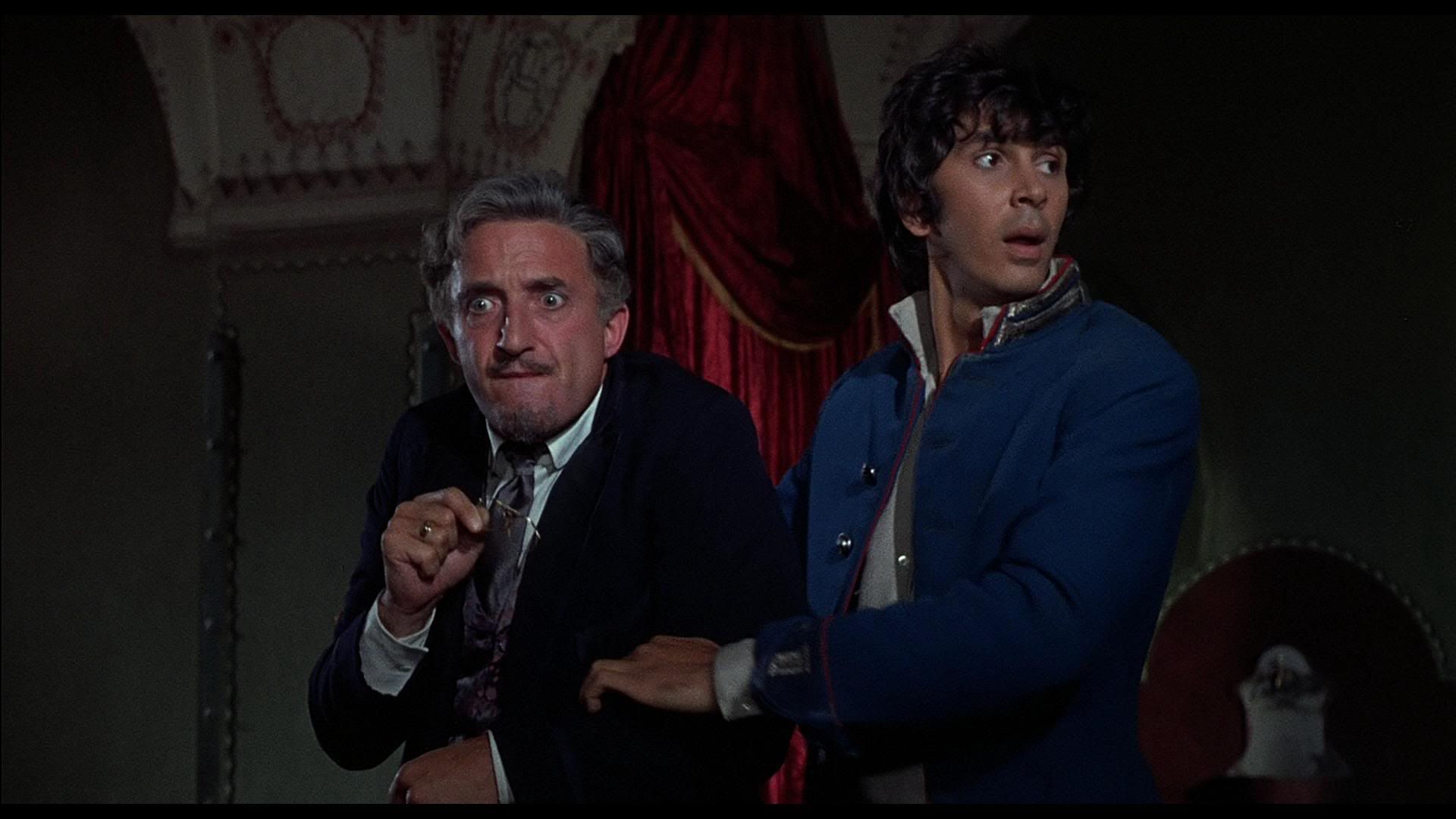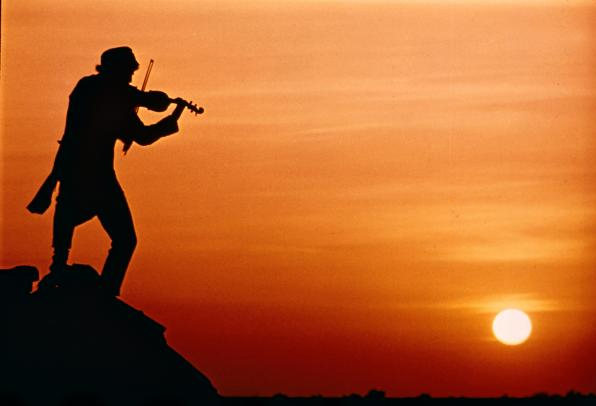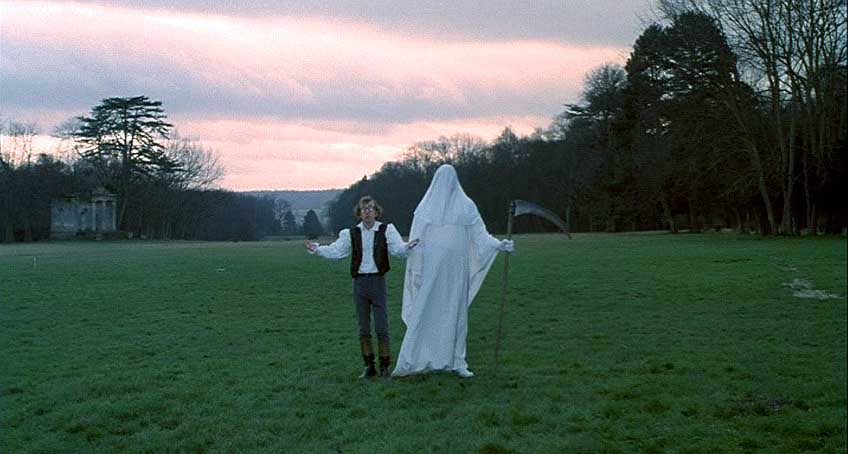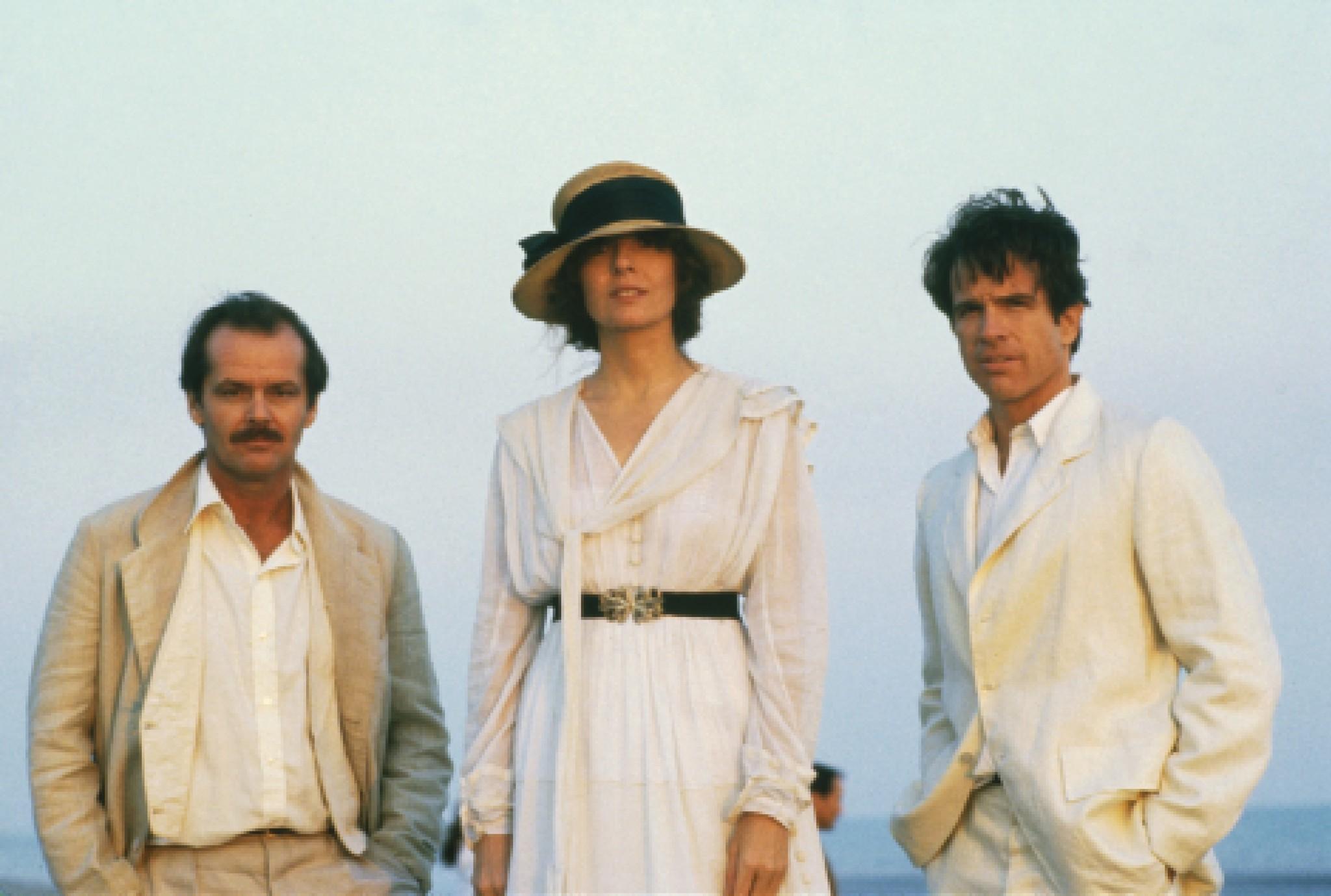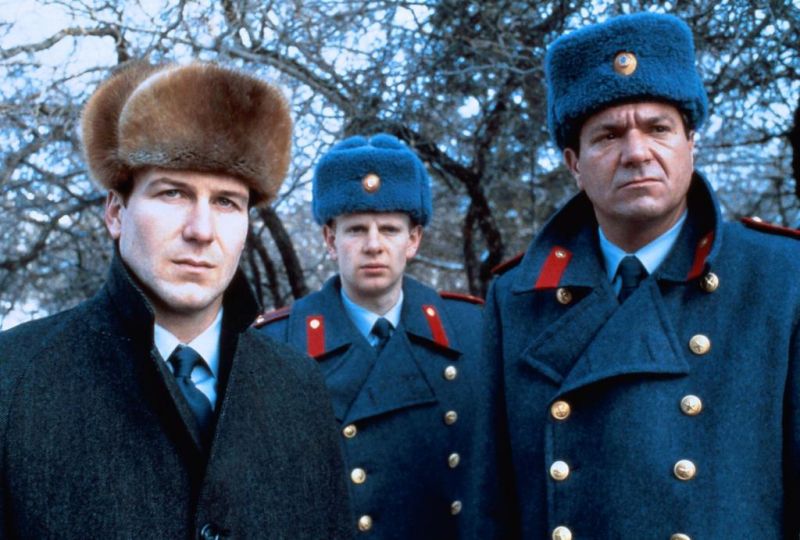Traveling is a wonderful habit of the human nature. People do it for different reasons. Some are interested in visiting as much as they can in order to gain culture and perspective, others just to get away from the rat race for a few days and just lay in the sun without a care in the world.
The term “the perfect destination” varies from person to person and can be described in many different ways. For some the perfect destination is a tropical island where the sun never shines and the sea is omnipresent. For others the destination of their dreams is embodied in a cultural city filled with stunning architecture and a bohemian street atmosphere. However, some destinations will never be dated and will always be sought after.
Exotic islands will always attract people looking for fun in the sun, cultural hot spots like Paris, London or Rome will forever enchant those thirsty for knowledge, New York will never cease to be the dream city of the party people etc. The world of cinema has not been indifferent to man’s pleasures. So many movies play the traveling card to their advantage.
There are a lot of travel movies out there that make the landscapes or the beautiful settings, surrounding the story, an essential part of the plot. Very often directors use the landscape (urban or rural) to set the tone and develop the story in accordance to it. If there is one country that will never cease to fascinate the Western world of artistry then that country definitely is Russia.
Russian artistry ranks as one of the best there is in this world. Let us consider the following: music (Tchaikovsky, Borodin, Rachmaninoff, Stravinsky, Prokofiev, Glinka, Scriabin, Glazunov, Mussorgsky, Rimsky-Korsakov, Shostakovitch and many more), visual arts (Rubliov etc), literature (Pushkin, Dostoyevsky, Tolstoy, Turgenev, Pasternak, Ilf and Petrov, Gorky, Solzhenitsyn etc), theatre (Chekhov, Gogol etc), film (Tarkovsky, Konchalovsky, Mikhalkov, Lungin etc).
Then comes the country’s rich and controversial history with figures such as Ivan the Terrible, Peter the Great, Rasputin, The Romanov Family, Lenin, Stalin etc. And then there is the country itself; vast natural landscape ranging from snow covered mountains to dry, arid steppes and from massive rivers to frozen oceans. The urban landscape is not so bad either: from the western heritage of Saint Petersburg to the outposts of Vladivostok and from the sandy shores of Sochi to the opulence of Moscow.
Whether we like it or not, Russian culture has offered the world plenty and artists are continuously drawn to its literature, geography and history. Great novels of the world (not just Russia) like “Anna Karenina”, “War & Peace”, “Crime and Punishment” or “The Master and Margarita”, will always captivate the attention of directors around the world who will want to do the best they can to bring these immortal stories to life.
That is why every decade we have a new filmed version of these classic stories and comparisons can be made. And if it’s not literature, Russia’s natural landscape is sure to draw the attention of the filmmaker’s trained eye for beauty and sensibility. Here are 15 great English-language films than can make up for an introduction to Russia, its culture and its landscape.
1. War and Peace (King Vidor, 1956)
This is the first English-language version of the classic Tolstoy novel of epic proportions. Given the size of the novel, no two-hour film can even come close to covering all its aspects (the Russian mini-series of 1967 is probably the most faithful adaptation of the novel), but King Vidor and his all-star cast give their best in capturing the work’s essence. The film script had to condense the extensive original.
It is primarily focused on Natasha (Audrey Hepburn), Pierre (Henry Fonda), and Andrei (Mel Ferrer) and their complex relationship and personal maturation on the backdrop of the historical events of the Napoleonic invasion. In Moscow, most of the scenes take place at the Rostov residence, and episodes at the country estates are curtailed, with some exceptions.
The scenes that take place in St. Petersburg have been excluded all together. Historical figures retained and the concept of the inner dialogue is kept, notably in regard to Natasha. Events of the epilogue are not included in the movie, nor are Tolstoy’s discourses about history. With all these changes, made to fit the film format, the director makes due with what he can in creating a believable story and retaining the Russian charm displayed within its people and its places.
The movie has lavish production values, impressive battle scenes, and one truly great and powerful sequence, the French Army’s disastrous retreat from Russia that takes up much of the last hour. The film is, of course, no substitute from reading the novel but it is, nonetheless, an impressive showing of romanticized Russian history.
2. Doctor Zhivago (David Lean, 1965)
The second movie on this list is another adaptation of classic Russian novel, “Doctor Zhivago” by Boris Pasternak. At the helm of this 1965 production is the master of epic cinema himself, David Lean. The lengthy novel has been cleverly reduced to a three hour film and although it was a huge success with audiences, the critics were generally disappointed, complaining of its length and claiming that it trivialized history.
Despite their complaints, they all acknowledged the intensity of the romantic drama and the treatment of human themes. In a nutshell the films tells the life of a Russian physician and poet named Yuri Zhivago (Omar Sharif) who, although married to another, falls in love with a political activist’s wife and experiences hardship during the First World War and then the October Revolution.
In today’s world the film is viewed as a classic than no one can touch and it is ranked by some almost as good as the novel. Of course that is impossible since it omits many of the novel’s subplots but it is still a giant movie filled with emotions, poetry and Russian scenery.
Since it takes place over the course of many years, the director takes us on a unique Russian trip throughout the four seasons. From the unforgettable pictures of the snowy white sleigh ride and the magnificent ice castle at Varykino to the bright green of the Siberian summer, few films can match the beauty of this epic love story.
3. The Twelve Chairs (Mel Brooks, 1970)
“The Twelve Chairs” is an honest comedy that strays just a little from the typical Mel Brooks humor making way for the well-recognizable Russian humor of Ilya Ilf and Yevgeni Petrov. As is his custom, Mel Brooks takes on a supporting part leaving the leading roles to Ron Moody, Frank Langella and Dom DeLuise.
The story takes place in the late 1920’s Soviet Union. Ippolit Matveevich Vorobyaninov (Ron Moody) was an aristocrat prior to the Russian Revolution, but in addition to squandering away most of his wife’s family’s money at that time, lost everything during the revolution and is now a lowly government bureaucrat. He learns from his mother-in-law, on her deathbed, that during the revolution she hid all her jewels in one of their twelve dining room chairs so that the Bolsheviks could not get a hold of them.
Those jewels would now be worth upwards of 200,000 rubles, enough for Vorobyaninov to once again to live a lavish life. As he decides to start the treasure hunt, he goes into cahoots with Ostap Bender (Frank Langella), a voluble con artist. But they are not the only ones after the treasure as Father Fyodor (Dom DeLuise), who learned of the jewels from Vorobyaninov’s mother-in-law’s last confession, is also on the trail of the twelve chairs.
The movie (faithful to the novel apart from the ending, which Mel Brooks couldn’t resist to give it a Hollywood all-ends-well finish) then takes the viewer on an amazing and very funny ride across the Soviet Union displaying not only the natural landscape but the cultural one as well, as the two characters interact with all sorts of people.
4. Fiddler on the Roof (Norman Jewison, 1971)
It is per-revolutionary Russia in the largely Jewish community of Anatevka, Ukraine. For poor dairy farmer Tevye and his wife Golde, the only goal in life is marrying off his three daughters who are barely of marrying age. He wants to find them suitable wealthy husbands, especially since the girls will have no dowries.
One of the girls does not believe in this kind of marriage and rejects it, the other fully understands her family situation while the third simply accepts her fate. While working to achieve his goal, Tevye must also face the growing antisemitic sentiment threatens his village.
“Fiddler on the Roof” is an elegant and beautiful film filled with elaborate musical numbers and exceptional performances, both theatrical and musical. But don’t let the music and dance fool you for this movie is also a very insightful look into the Jewish communities of Russia at the turn of the 20th century.
5. Love and Death (Woody Allen, 1975)
At first glance when seeing this movie one might be tempted to think that Woody Allen is openly mocking the gems of classic Russian literature. That is hardly the case. Yes, the film is spoofing the master works of Tolstoy and Dostoyevsky and the films of Ingmar Bergman but, in the same time, it pays an impressive tribute to them. These are the books and films that influenced and shape the artist that has become Woody Allen.
The story concerns a neurotic soldier in czarist Russia named Boris (Woody Allen) who is in love with his pseudo-intellectual cousin Sonja (Diane Keaton). When Napoleon threatens to invade the Russian Empire, the coward Boris Grushenko is forced to enlist to save his country. He actually captures a group of enemy officers, but the French Army is too strong and soon Napoleon reaches Moscow. Boris thinks that this should put an end to the war, but his young wife wants to murder Napoleon.
The film is filled with literate references, which, if understood, constitute the delight and the joy of the movie experience. It is also a great introduction to Russian literature and it just may urge you to pick up such a novel and read it. The dialogue and scenarios parody Russian novels, particularly those by Dostoyevsky and Tolstoy, such as “The Brothers Karamazov”, “Crime and Punishment”, “The Gambler”, “The Idiot”, and “War and Peace”. This includes a dialogue between Boris and his father with each line alluding to or being composed entirely of Dostoevsky titles.
Ingmar Bergman is also parodied in the film (especially “Persona” and “The Seventh Seal”). But books are not the only thing Russian in this film. The music of Sergei Prokofiev in heavily used throughout the movie and of course everything the viewer sees is meant to be as authentic as Russia can get.
6. Reds (Warren Beatty, 1981)
Capitalism is a virus that spreads the disease of contemporary society. On the other communism is a forced diet that keeps its population safe from aforementioned disease but also from the basic human needs that define us as persons and allow us to dream and aspire for the best. This seems to be the ambiguous conclusion, which one draws after watching Warren Beatty’s masterful film about the life of American socialist journalist John Reed. John Reed was one of the few foreigners to be given the honor to be buried at the Kremlin Wall Necropolis.
The film covers the life of John Reed (Warren Beatty) and Louise Bryant (Diane Keaton) from their first meeting to Reed’s final days in 1920 Russia. Interspersed throughout the narrative, several surviving witnesses from the time-period give their recollections of Reed, Bryant, their colleagues and friends, and the era itself. A number of them have mixed views of Bryant and her relationship with Reed.
On another storyline, this three hour epic follows Reed from his beginnings as radical journalist living in bohemian New York and trying to open everyone’s eyes on the plague of capitalism to his total involvement in the communist Revolution in Russia and his efforts to spread the word throughout the country’s vast territory.
The film also chronicles Reed’s friendship with Eugene O’Neill (Jack Nicholson) and the love triangle created between the two men and Louise Bryant. Beatty’s film is not in any way equidistant but it does try to tell the truth and present Reed’s life as it was; this is the purpose for which the interviews (of Reed’s friends and acquaintances) were inserted into the film. If the film’s authenticity can be disputed, the real-life interviews’ cannot.
At one point in Beatty’s interviews a couple of the people recollecting the events of the movie start singing “The International” (an anthem of international socialism) and heartbreaking nostalgia can be seen in their eyes. As far as imagery goes, “Reds” is one beautiful film. From sunny New York to wintery Saint Petersburg and from the lavish apartments to the never-ending snows of Siberia, all is revealed in the magnificent epic film.
7. Gorky Park (Michael Apted, 1983)
“Gorky Park” takes place in an environment that everyone thinks of when it comes to Russia; a long and cold Russian winter in which snow and ice covers the city of Moscow and its inhabitants.
Adapted from the novel of the same name written by Martin Cruz Smith, this forgotten police thriller of the 80’s tells the story of the mystery behind the killing of three young people, while ice skating in Gorky Park. The deed is apparently just another random killing but Soviet militsya officer Arkady Renko (William Hurt) thinks otherwise. His obsessive investigations lead him to a conspiracy bigger than he could ever imagine.
This tight, very well constructed police procedural is a very welcomed alternative to the American police movies. It’s also a bit gloomy with a bitter sweet ending, but it still works as a very watchable film. The atmosphere looks cold and oppressive and paints an impressionistic description of wintery Moscow.
